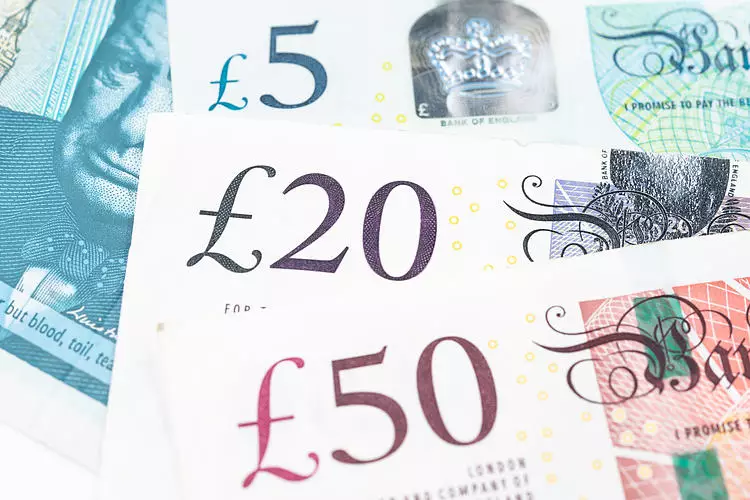The Pound Sterling has faced turbulent waters in recent weeks, reflecting a broader sentiment of cautious optimism among traders and analysts alike. After a slight recovery noted on Thursday, the currency still gears up to face its fourth consecutive week of losses against the US dollar. Several factors are at play, influencing both the currency’s performance and the market analysts’ perceptions of its future trajectory.
Key contributors to the recent fluctuations in the Pound Sterling’s value stem from various economic indicators and influential statements made by figures within the Bank of England (BoE). Notably, Catherine Mann, a prominent member of the BoE Monetary Policy Committee, provided insights that have become pivotal in shaping market expectations. Her remarks underscore the necessity for continued vigilance in monitoring inflation, particularly within the services sector.
Catherine Mann addressed inflation during a panel discussion surrounding the International Monetary Fund (IMF) meetings, where she acknowledged the positive developments related to September’s inflation figures. However, her emphasis was clear: a further decline in services inflation is essential before considering any interest rate cuts. Mann’s perspective indicates a cautious approach, arguing that reducing rates prematurely might lead to adverse effects due to the ongoing persistent structural issues related to wage growth and price formation.
Despite the hawkish tone from Mann, there is an undercurrent of speculation among traders that the BoE might still implement interest rate reductions in the upcoming months. This perceived contradiction results in an interesting dynamic for the Pound. On one hand, there are indicators of improved economic activity, while on the other hand, challenges related to inflation could dictate a more restrained approach to monetary policy.
Economic Activity and PMI Reports
The latest flash Purchasing Managers Index (PMI) report for October offers a mixed bag of results. The data indicates that business activity across the UK is expanding, but at a noticeably decelerated pace compared to previous months. Importantly, while this growth is observed in both the manufacturing and service sectors, the rate remains slower than anticipated.
When juxtaposed against performance indicators from the United States and the Eurozone—where manufacturing output is contracting—the UK’s expansion suggests a relative strength. Nonetheless, the slower growth rate raises questions about the sustainability of this expansion and the potential ramifications for currency valuation.
The current situation reflects a somewhat paradoxical sentiment, wherein the currency has been buoyed by faint signals of growth yet remains vulnerable to both domestic and external economic pressures. Traders, in this environment, tend to exhibit varied inclinations, possibly positioning themselves based on anticipated moves from legislative and financial authorities.
From a technical standpoint, the Pound Sterling’s movements reflect a complex blend of bullish and bearish signals. Recently, it has managed to rise to just below the critical 1.3000 mark against the US dollar, gaining traction from a rise near the lower boundary of a Rising Channel pattern on the daily time frame. However, trading beneath the 50-day Exponential Moving Average (EMA) suggests that uncertainty remains pervasive.
The 14-day Relative Strength Index (RSI), which currently hovers below the key mark of 40.00, signals that bearish momentum is still active. This creates a scenario where any significant upward movements are likely to encounter resistance near the 20-day EMA at approximately 1.3060. Conversely, any downturn could test the strength of support at the 200-day EMA, situated around 1.2845, providing critical insights into future trading patterns.
The outlook for the Pound Sterling remains complex and multifaceted, characterized by a mix of evolving economic indicators, strategic monetary policy comments, and the overarching market sentiment driven by player expectations. As the economic landscape continues on its trajectory, stakeholders in the currency markets will need to navigate an environment replete with both opportunities and challenges, reflecting the intricacies of global economics and national policy-making. The developments in the coming weeks will certainly be pivotal in determining not only the Pound’s performance but also broader market trends.

